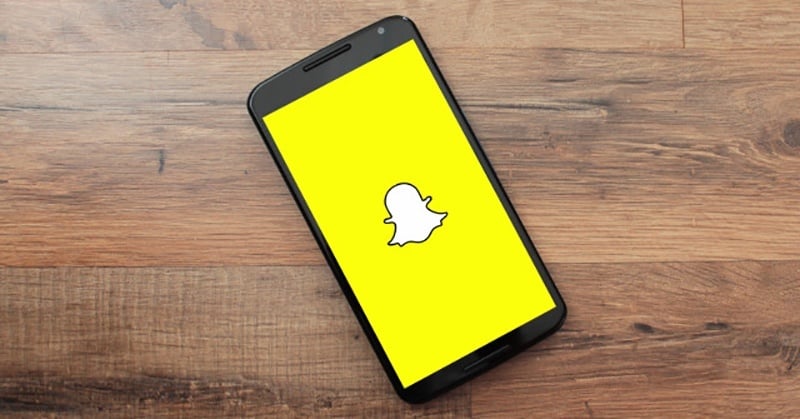
publisher marketing
15 Nov Why Thought Leadership Is Important For Growing Agencies
Thought leadership is important, particularly for agencies or consultants looking to attract clients. Before you roll your eyes: we’re not advocating for tossing “Thought Leader” in your LinkedIn bio and expecting business to just roll in. However, we are saying that the habits of thought leaders—sharing ideas via blogging, speaking publicly, recording podcasts, distributing newsletters, etc.—are most definitely ways that you can increase the authority, competitive advantage, and visibility of your company. Unlike “synergy” and “hacking,” thought leadership is a buzzword worth unpacking. Let us explain.10 Nov 14 Publications Every Agency Principal Should Be Reading
We live in the Age of Information overload. With so much coming at us, it’s difficult to keep up with our reading lists. Because of this overbearing trend, it's especially important for agency principals to understand how the way people interact with brands is changing. Snapchat’s in today, but what about tomorrow? To help stay up to speed, here’s our list of 14 best advertising publications that every agency principal should be reading.
04 Nov Checklist: How to Get Started With Account-Based Marketing
13 Sep B2B Inbound Marketing: Five Strategies You Should Steal
02 Aug Calculate the ROI of Your Content Marketing With This One Simple Equation
 How much money does your business make thanks to your content marketing program? No idea? You're not alone.
Tying content marketing efforts to profit is a complicated task—and it's not getting any simpler. Customer journeys are increasingly non-linear: our leads hit many different marketing touch points, often out of "order," producing multiple sets of metrics to analyze. As a result, the amount of data at our fingertips becomes overwhelming, even distracting.
As CB/I Digital COO Mike Le recent pointed out, it’s easy to get tied up in the vanity metrics of each channel and lose sight of actual conversions. We've all been there (as we'll get into shortly). To avoid data distraction, we'd like to resurface an oldie but goodie practice: look at the big picture.
The way we see it, there's one simple equation for understanding true ROI: the total amount of money invested in your content marketing versus the total value of the generated leads. Let's go back to math class for a second and build out this equation.
How much money does your business make thanks to your content marketing program? No idea? You're not alone.
Tying content marketing efforts to profit is a complicated task—and it's not getting any simpler. Customer journeys are increasingly non-linear: our leads hit many different marketing touch points, often out of "order," producing multiple sets of metrics to analyze. As a result, the amount of data at our fingertips becomes overwhelming, even distracting.
As CB/I Digital COO Mike Le recent pointed out, it’s easy to get tied up in the vanity metrics of each channel and lose sight of actual conversions. We've all been there (as we'll get into shortly). To avoid data distraction, we'd like to resurface an oldie but goodie practice: look at the big picture.
The way we see it, there's one simple equation for understanding true ROI: the total amount of money invested in your content marketing versus the total value of the generated leads. Let's go back to math class for a second and build out this equation.
26 Jul Level Up Your Inbox With These 8 Amazing Gmail Plugins
19 Jul Believe Facts, Not Hype: Four Myths About Snapchat
Savvy marketers embrace platforms that claim attention, not just hype. Snapchat has long been in the upper echelons of hype-generators, from its days as the naughty network for short-lived sexts to its infamous rejection of $3 billion dollars from Facebook. But ever since declining that buyout, Snapchat has matched its bad-boy buzz with savvy product tweaks, clever brand promotion, and innovative ad formats. Users and advertisers have followed in droves.
Still, myths abound about Snapchat, its user base, its best practices, and its utility for marketers. This is understandable. More than any other social app, Snapchat was built for digital natives; it takes time to master the platform’s nuances, and its leadership hasn’t shown themselves eager to sacrifice user experience for the sake of raking in money (though the winds of change have begun to blow).
We will not argue today that all brands belong on Snapchat. However! We do believe that all brands should at least consider it. To understand why, let’s rebuke some of the more resilient untruths about Snapchat.









